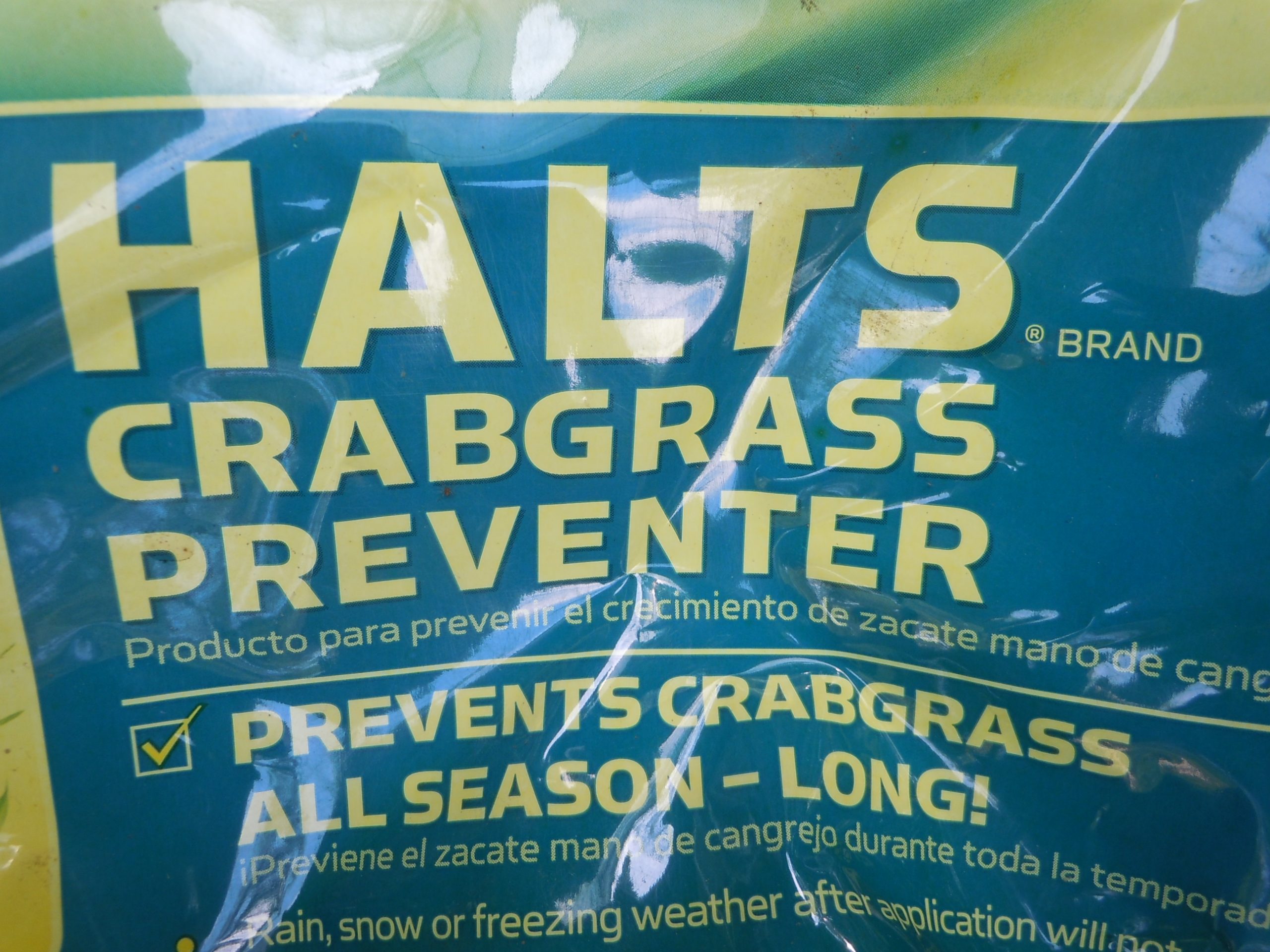Effect of Excessive Rainfall on Pre-emergent Herbicides

Effect of Excessive Rainfall on Pre-emergent Herbicides
by Travis Gannon, Matt Jeffries and Fred Yelverton, North Carolina State University
edited by Walter Reeves
A pre-emergent herbicide application is an effective, commonly performed practice for annual weed control in many established turfgrass systems. As the name suggests, a pre-emergent application should be made prior to germination, generally no later than mid-September for winter annual weed control. While pre-emergent herbicide labels typically state that irrigation/rainfall is required for herbicide activation, they do not address what to do when huge amounts of rain fall.
So what effect, if any, does rain have on a pre-emergent application made prior to the rain setting in? That depends on numerous factors that are covered in the following paragraph, but ultimately scenarios may unfold where pre-emergent herbicides move laterally across, or downward in the soil which may compromise weed control later during the season.
The potential for adverse impacts on your pre-emergent application prior to prolonged periods of saturated soils caused by heavy rainfalls can be broken into three camps:
1. Site specific information
Pre-emergent herbicide movement potential increases as:
Soil texture coarseness increases (i.e. increasing sand content)
Soil organic matter decreases
Slope increases
Turfgrass cover decreases
2. Herbicide applied
Most notably the soil/organic matter binding affinity. Herbicides with lower binding affinities are more prone to move from the intended site.
General binding affinity ranking for common PRE’s is (from least to highest):
Simazine = Atrazine < Indaziflam < Dithiopyr < Oxadiazon < Pendimethalin = Prodiamine
Pendimethalin (Halts) and dithiopyr (Dimension) are common homeowner products.
3.Time between application and excessive rainfall onset.
This is not so much from a calendar day-count perspective, but the number of soil wet-dry cycles. The more cycles that occur between pre-emergent application and excessive rainfall, the more likely the herbicide is to be bound to the soil, which should reduce its potential to move laterally or downward via water flow.
So you think you may have a problem, but not sure? Unfortunately, only time will tell as the season progresses but if breaks occur, additional weed control measures can be taken to compensate.
















